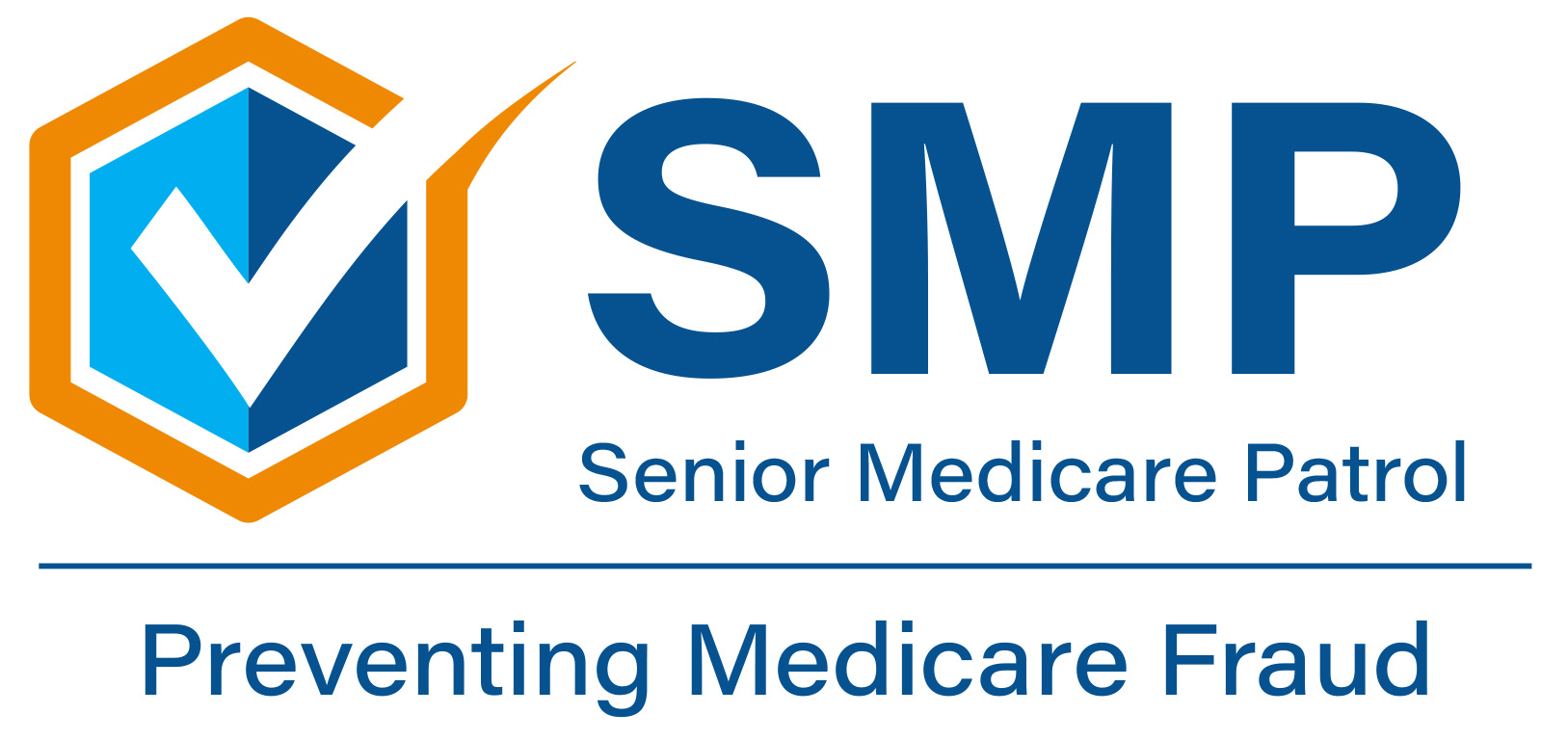
Providing SMP services to Medicare beneficiaries requires an understanding of and sensitivity to the needs of older adults. Needs related to culture, ethnicity, literacy level, and primary language must also be considered. For other older adults, residing in a remote area, being homebound, having a disability, lacking access to transportation services, or having a low income may limit their access to SMP services. SMPs are asked by ACL to overcome barriers and find ways to serve these "hard-to-reach" populations. In addition to the services featured under Professional Resources below, here are some suggested approaches:
- Research the demographics of the population to be served and identify barriers to program access
- Recruit bilingual volunteers to help reach diverse populations
- Partner with the appropriate community organizations, such as:
- Cultural, minority, or ethnic community centers
- Home-delivered meal programs
- Area Agencies on Aging
- Develop a training and outreach plan for staff and volunteers that takes diverse populations into consideration
- Review materials in the SMP Resource Library. Many materials exist for serving diverse populations that were created by SMPs, by other grantees under ACL, or by The Center. Conduct an Advanced Search and review the categories of Intended Audience and Language.
Professional Resources
- National Asian Pacific Center on Aging (NAPCA): provides information and links to other resource centers that can help you reach Asian American beneficiaries.
- The International Association for Indigenous Aging works to ensure the provision of appropriate and quality services and resources for indigenous elders; expand opportunities for elders’ involvement in environmentalism, community participation, health maintenance, volunteerism/civic engagement, consumerism, and senior enterprise; enhance the protection of elder rights; educate on the status of indigenous elders; and improve the status of older people worldwide, especially indigenous populations.
- Medicare.gov: provides publications online in multiple languages for people with Medicare.
- National Center for Frontier Communities: the only national organization dedicated to the smallest and most geographically isolated communities in the United States – those in the frontier. The term “frontier” is also defined.
- The National Council on Aging benefits access visualization tools describe: access to and use of technology; the percentage of limited English proficient beneficiaries in a county and the language they speak at home; benefits distribution by state; low-income beneficiaries living with disabilities and difficulties; concentrations of low-income Native American populations; and beneficiaries who are potentially eligible but unenrolled in the Part D Low Income Subsidy.
- National Hispanic Council on Aging (NHCOA): a nonprofit organization empowering a national network of 42 community-based organizations (CBOs) that, in turn, support a broader network of 7,000 individuals, reaching 10 million Hispanics each year.
- National Indian Council on Aging (NICOA): Serves as a central access point for information on employment, health care, conferences, and more for American Indian and Alaska Native elders.
- Rural Assistance Center: a product of the U.S. Department of Health & Human Services’ Rural Initiative, the Rural Assistance Center (RAC) helps rural communities and other rural stakeholders access the full range of available programs, funding research that can enable them to provide quality health and human services to rural residents.
- SAGE's National Resource Center on LGBT Aging provides training, technical assistance, and educational resources to aging providers, lesbian, gay, bisexual and transgender (LGBT) organizations, and LGBT older adults. SAGE stands for Services & Advocacy for GLBT Elders.
Video
This humorous but poignant video from the District of Columbia Office of Disability Rights explains how to interact with people with disabilities. To see the video, click here.
